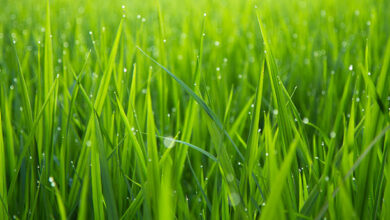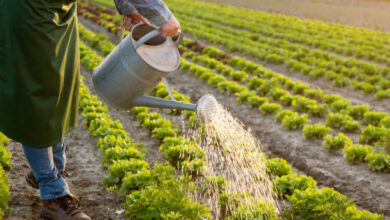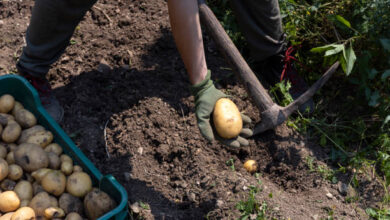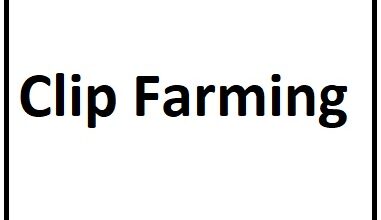Understanding the Difference Between a Farm and a Ranch
Difference Between a Farm and a Ranch
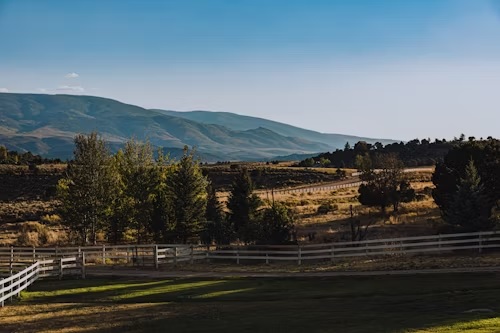
Understanding the Difference Between a Farm and a Ranch
Ever wondered whether the lush fields you see driving through the countryside are a farm or a ranch? Although the terms “farm” and “ranch” are often used interchangeably, they refer to different types of agricultural operations with unique characteristics. This guide will delve into the distinctions between farms and ranches, covering their definitions, purposes, and the key differences in their operations. Understanding these distinctions can provide valuable insights whether you’re a prospective farmer or rancher, an agriculture enthusiast, or simply curious about rural life.
Definition and Purpose
What Is a Farm?
A farm is a tract of land dedicated primarily to growing crops and raising animals. Farms can vary significantly in size and can be found in both rural and suburban areas. The main activities on a farm include planting, cultivating, and harvesting crops, as well as raising livestock for products such as milk, meat, and eggs. Farms focus on producing food and other agricultural products for human consumption.
What Is a Ranch?
A ranch, on the other hand, is a large tract of land dedicated primarily to raising and breeding livestock, such as cattle, sheep, and horses. Ranches are typically found in more rural and expansive regions where there is ample grazing land for the animals. The primary activities on a ranch involve managing the livestock, including feeding, breeding, and caring for the animals. Ranches often produce meat, wool, and leather products.
Types of Farms and Ranches
Types of Farms
– Crop Farms: Focus on growing crops such as corn, wheat, soybeans, and vegetables.
– Dairy Farms: Specialize in raising dairy cattle for milk production.
– Mixed-Use Farms: Combine crop cultivation with livestock raising to diversify production and increase sustainability.
Types of Ranches
– Cattle Ranches: Primarily raise beef cattle for meat production.
– Sheep Ranches: Focus on raising sheep for wool and meat.
– Horse Ranches: Specialize in breeding and training horses for work, sport, or recreation.
Each type of farm and ranch has its unique operational practices and requirements, tailored to the specific needs of the crops or livestock they produce.
Land Use and Management
Land Use on Farms
Farms utilize land primarily for growing crops and housing livestock. Crop fields are prepared, planted, and harvested in cycles, while barns and pastures provide shelter and grazing areas for animals. Effective land management practices on farms include crop rotation, soil conservation, and sustainable farming techniques to maintain soil health and productivity.
Land Use on Ranches
Ranches use land predominantly for grazing livestock. Pastures and rangelands are managed to ensure a consistent and sustainable food supply for the animals. Rotational grazing is a common practice on ranches, where livestock are moved between pastures to prevent overgrazing and promote vegetation regrowth. Water resources and fencing are also critical components of land management on ranches.
Livestock and Crop Production
Livestock on Farms vs. Ranches
– Farms: May raise various livestock such as dairy cows, pigs, chickens, and goats. These animals provide products like milk, eggs, and meat.
– Ranches: Focus on raising livestock primarily for meat production, such as beef cattle, sheep, and occasionally bison. The emphasis is on breeding and managing large herds for optimal growth and health.
Crop Production on Farms
Farms cultivate a wide range of crops depending on their size, location, and market demands. Common crops include grains (corn, wheat), fruits, vegetables, and legumes. Crop production involves planting, nurturing, and harvesting, with practices varying based on the type of crop and local climate conditions.
YOU MAY LOVE TO READ
How to Wash Farm Fresh Eggs: A Step-by-Step Guide
What is O Farming? Organic Farming
How Long Do Farm Fresh Eggs Last in the Fridge?
Equipment and Infrastructure
Farm Equipment and Infrastructure
– Equipment: Tractors, plows, harvesters, and irrigation systems are common on farms. These tools are essential for planting, cultivating, and harvesting crops efficiently.
– Infrastructure: Farms typically have barns, silos, greenhouses, and storage facilities to support various agricultural activities and store produce.
Ranch Equipment and Infrastructure
– Equipment: Cattle chutes, branding equipment, trailers, and fencing are essential for managing livestock. Ranchers use these tools for feeding, handling, and transporting animals.
– Infrastructure: Ranches often have corrals, stables, water systems, and large grazing areas. These structures are necessary for housing and managing large herds.
Economic and Cultural Differences
Economic Factors
– Farms: Generate income through the sale of crops, dairy products, and various animal products. The profitability of a farm can depend on market prices, weather conditions, and crop yields.
– Ranches: Primarily earn revenue from the sale of livestock and related products such as meat and wool. Ranching income can be influenced by livestock prices, feed costs, and grazing conditions.
Cultural Significance
– Farms: Often associated with traditional agriculture and family-owned operations. Farming communities emphasize crop cultivation and self-sufficiency.
– Ranches: Linked to the cowboy culture and the heritage of the American West. Ranching communities focus on livestock management and open-range living.
Both farms and ranches play vital roles in rural economies and cultural heritage, contributing to the agricultural landscape and way of life.
Conclusion
Understanding the differences between farms and ranches helps us appreciate the unique roles they play in agriculture and our daily lives. Whether you’re considering a career in agriculture or just curious about rural life, knowing these distinctions can provide valuable insights. Have questions about farming or ranching? Share them in the comments below! And be sure to check out our other agriculture-related articles for more information.

